The Full Rotation Of The Moon As Seen By NASA’s Lunar Reconnaissance Orbiter
The full rotation of the Moon as seen by NASA’s Lunar Reconnaissance Orbiter
More Posts from Xnzda and Others
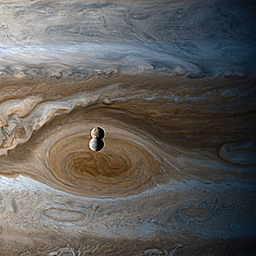
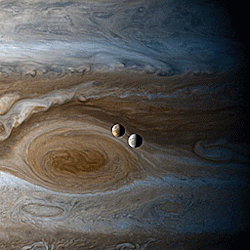
Timelapse of Europa & Io orbiting Jupiter, shot from Cassini during its flyby of Jupiter
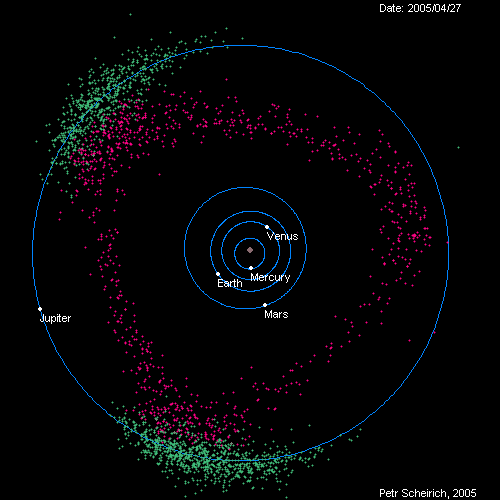
The orbit of Jupiter protects the Earth from asteroids.

Located about 27 million light years away lies Messier 63, better known as the Sunflower Galaxy due to its glowing yellow center. For galaxies like Messier 63 the winding arms shine bright because of the presence of recently formed, blue–white giant stars, readily seen in this Hubble image. (Credit: ESA/Hubble & NASA)

Antennae galaxies, an intense star-forming region created when two galaxies began to collide some 200 million to 300 million years ago. The bright, blue-white areas show newly formed stars surrounded by clouds of hydrogen, which are colored pink. A similar collision is expected between our galaxy, the Milky Way, and the nearby Andromeda galaxy in several billion years.
Source: national geographic
Credit:NASA/ESA/HUBBLE

Photographer Luc Jamet recently won astronomy photographer of the year for this gorgeous and eerie image of the total solar eclipse seen from the Norwegian territory of Svalbard on March 20, 2015.


Michael Benson
1. Mimas Above Saturn’s Rings and Shadows, Cassini, November, 7, 2004
2. Mimas Transits Saturn’s Ring Shadows, Cassini, January 18, 2005
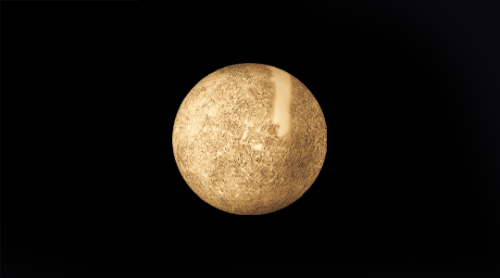
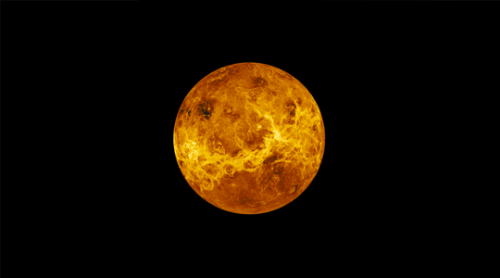
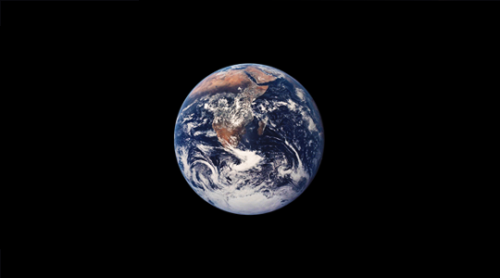
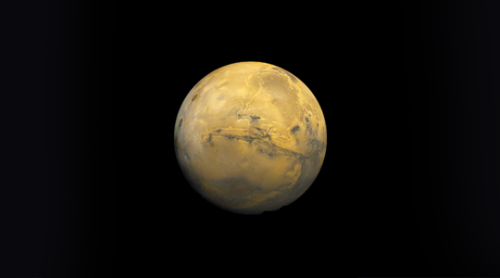
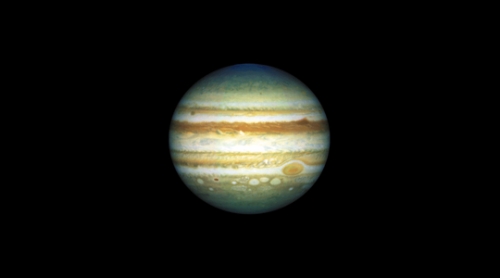
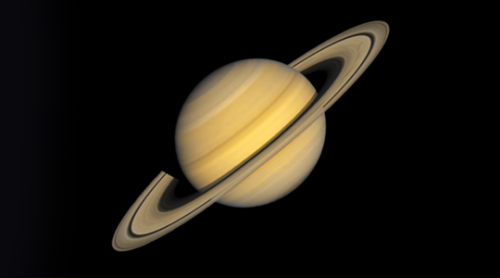
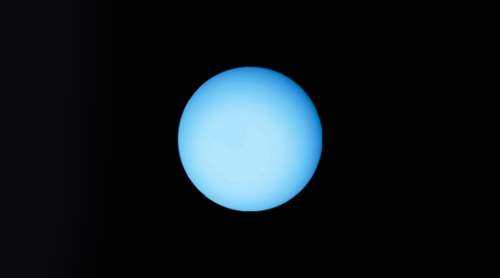
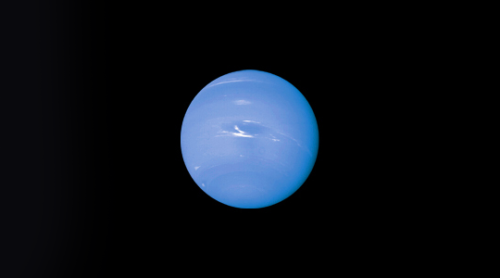
All here… Sorry, Pluto, you don’t belong here
PS: I do follow back
-
 claudesarts liked this · 2 weeks ago
claudesarts liked this · 2 weeks ago -
 haz77zard liked this · 2 weeks ago
haz77zard liked this · 2 weeks ago -
 haz77zard reblogged this · 2 weeks ago
haz77zard reblogged this · 2 weeks ago -
 trippinthru2020s liked this · 2 weeks ago
trippinthru2020s liked this · 2 weeks ago -
 un-codru-de-luna reblogged this · 2 weeks ago
un-codru-de-luna reblogged this · 2 weeks ago -
 un-codru-de-luna liked this · 2 weeks ago
un-codru-de-luna liked this · 2 weeks ago -
 helifas liked this · 2 weeks ago
helifas liked this · 2 weeks ago -
 hex-addiction liked this · 2 weeks ago
hex-addiction liked this · 2 weeks ago -
 alexandredrnecrosmelchior liked this · 2 weeks ago
alexandredrnecrosmelchior liked this · 2 weeks ago -
 bobcat4xray liked this · 2 weeks ago
bobcat4xray liked this · 2 weeks ago -
 roberttws liked this · 2 weeks ago
roberttws liked this · 2 weeks ago -
 taihao-le liked this · 2 weeks ago
taihao-le liked this · 2 weeks ago -
 spoogelicious liked this · 2 weeks ago
spoogelicious liked this · 2 weeks ago -
 kawaiichaospup liked this · 2 weeks ago
kawaiichaospup liked this · 2 weeks ago -
 soweirdsonormal reblogged this · 3 weeks ago
soweirdsonormal reblogged this · 3 weeks ago -
 sweatytheoristbear liked this · 3 weeks ago
sweatytheoristbear liked this · 3 weeks ago -
 sublimespirit liked this · 3 weeks ago
sublimespirit liked this · 3 weeks ago -
 blackcoffeedreams reblogged this · 3 weeks ago
blackcoffeedreams reblogged this · 3 weeks ago -
 farmria liked this · 3 weeks ago
farmria liked this · 3 weeks ago -
 holyshinta reblogged this · 3 weeks ago
holyshinta reblogged this · 3 weeks ago -
 smute reblogged this · 3 weeks ago
smute reblogged this · 3 weeks ago -
 whereintheuniverse100 reblogged this · 3 weeks ago
whereintheuniverse100 reblogged this · 3 weeks ago -
 brysenji liked this · 3 weeks ago
brysenji liked this · 3 weeks ago -
 hadit418 liked this · 3 weeks ago
hadit418 liked this · 3 weeks ago -
 markus69blog reblogged this · 3 weeks ago
markus69blog reblogged this · 3 weeks ago -
 markus69blog liked this · 3 weeks ago
markus69blog liked this · 3 weeks ago -
 just-another-history-lover reblogged this · 3 weeks ago
just-another-history-lover reblogged this · 3 weeks ago -
 just-another-history-lover liked this · 3 weeks ago
just-another-history-lover liked this · 3 weeks ago -
 mhcanada reblogged this · 3 weeks ago
mhcanada reblogged this · 3 weeks ago -
 mhcanada liked this · 3 weeks ago
mhcanada liked this · 3 weeks ago -
 dystrop liked this · 3 weeks ago
dystrop liked this · 3 weeks ago -
 procrasturbationrevisited liked this · 3 weeks ago
procrasturbationrevisited liked this · 3 weeks ago -
 crackheaddinosaur liked this · 3 weeks ago
crackheaddinosaur liked this · 3 weeks ago -
 grimoiretech liked this · 3 weeks ago
grimoiretech liked this · 3 weeks ago -
 madefromcosmicstuff reblogged this · 3 weeks ago
madefromcosmicstuff reblogged this · 3 weeks ago -
 whzzitt reblogged this · 3 weeks ago
whzzitt reblogged this · 3 weeks ago -
 waiting-eyez liked this · 3 weeks ago
waiting-eyez liked this · 3 weeks ago -
 keeezzum liked this · 3 weeks ago
keeezzum liked this · 3 weeks ago -
 nessieac reblogged this · 3 weeks ago
nessieac reblogged this · 3 weeks ago -
 ammanmuscleman liked this · 4 weeks ago
ammanmuscleman liked this · 4 weeks ago -
 dinomech liked this · 4 weeks ago
dinomech liked this · 4 weeks ago -
 germanmelvillblog liked this · 1 month ago
germanmelvillblog liked this · 1 month ago -
 jovialtyrantmiracle-blog liked this · 1 month ago
jovialtyrantmiracle-blog liked this · 1 month ago -
 morerogue reblogged this · 1 month ago
morerogue reblogged this · 1 month ago -
 nacholibramos liked this · 1 month ago
nacholibramos liked this · 1 month ago -
 vxcxv reblogged this · 1 month ago
vxcxv reblogged this · 1 month ago -
 beautycrven liked this · 1 month ago
beautycrven liked this · 1 month ago



